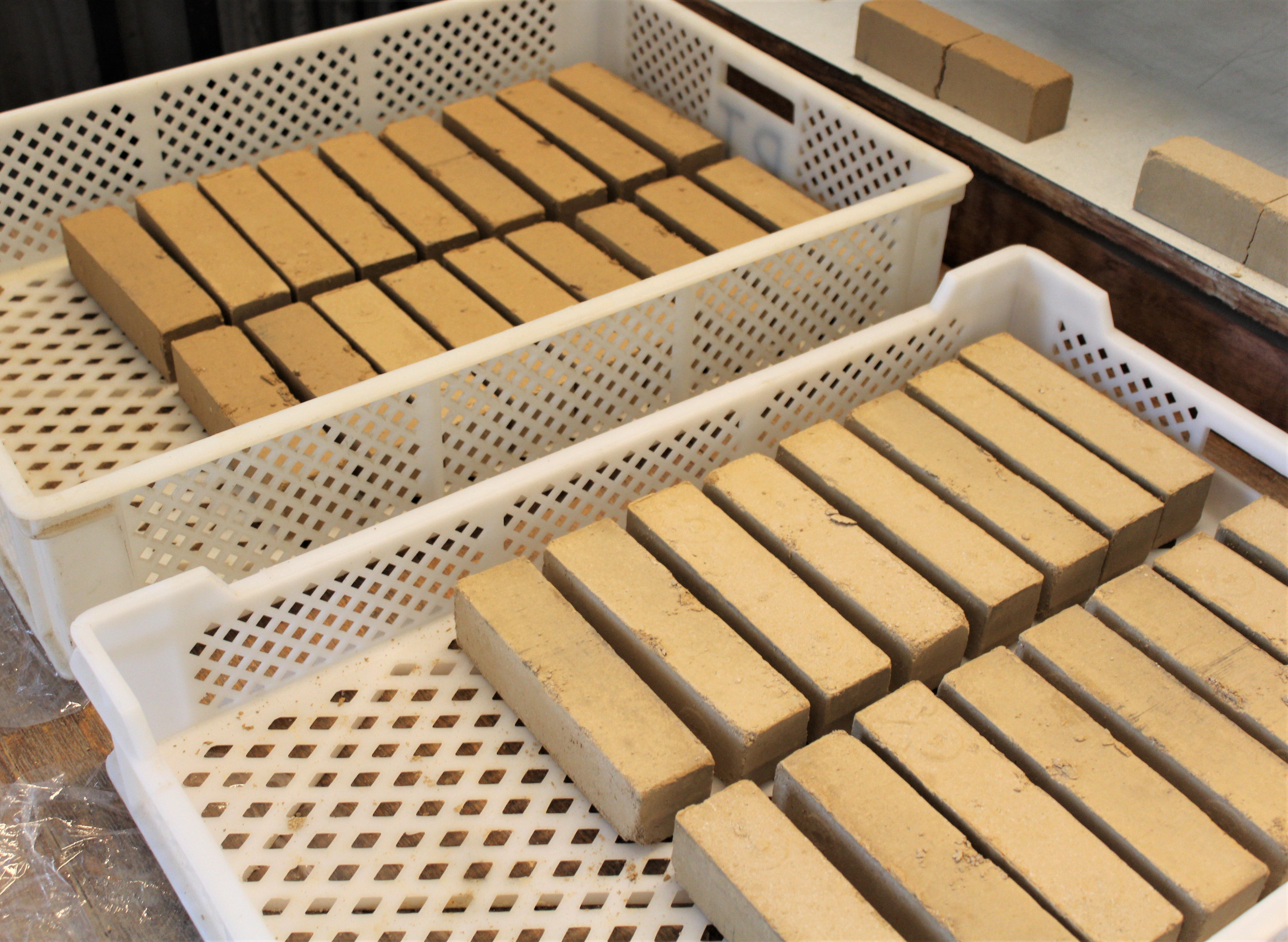In the same section

GeoMechanics Laboratory
BATir-GeoMechanics Laboratory (LGM) has developed strong expertise in the characterization of geomaterials and geostructures. The research activities of the Laboratory of GeoMechanics (LGM) at ULB focus on the multi-physical behaviour of geomaterials in environmental geomechanics, through a three-part approach (experimental, constitutive and numerical works). Cutting-edge research on the stabilization of soils and earthen construction materials was developed during the last 10 years, which can be included under the broader field of unsaturated soil mechanics. The GeoMechanics Laboratory is also strongly involved in the field of geothermal energy.
The GeoMechanics Laboratory (LGM) has testing facilities with up-to-date loading and testing equipment. The laboratory can achieve most of the standard geotechnical tests, from identification and classification to characterization of the mechanical and hydraulic properties of soils. For that purpose, the laboratory is equipped with an automatic oedometric press, direct shear box and triaxial setup under saturated conditions. The laboratory has also specific expertise in the experimental characterization of unsaturated materials and earthen construction materials. These include amongst others dew-point psychrometer, RH sensors, a climatic chamber for the imposition of air RH, a thermal needle probe, a manual press for the preparation of compressed earth bricks (CEBs) and a series of set-ups for the characterization of CEBs mechanical performance and durability.
Research lines
The LGM comprises two academics:
- Prof. Alessia CUCCURULLO
- Prof. Pierre GERARD
The research topics addressed by the GeoMechanics Laboratory are:
- Geothermal energy (Prof. Pierre GERARD)
- Stabilization of soils (Prof. Alessia CUCURULLO and Prof. Pierre GERARD)
- Earthen construction materials (Prof. Alessia CUCURULLO and Prof. Pierre GERARD)
Geothermal energy
The research activities in the field of geothermal energy focus on shallow geothermal energy (i.e. geothermal systems with depths between 40 and 200 m, associated with a ground source heat pump at the ground surface), and especially borehole heat exchangers. In this research area, our research unit proposes both in-situ or lab experimental research activities, as well as modelling works, to better characterize the heat transfers that take place between the ground and the borehole heat exchangers and to analyze the factors that impact the performance of such systems. Monitoring of different existing geothermal systems (at the ground source heat pump or along the borehole with optic fibres or temperature sensors) is currently performed, which allows to validate constitutive models developed in our research team. Furthermore, the laboratory was strongly involved in research and dissemination activities to foster this renewable source of energy in the Brussels-Capital Region.

Stabilization of soils
Soil stabilization is the general term for any physical, chemical, mechanical, biological, or combined method of changing a natural soil to meet an engineering purpose. In particular, expansive soils are problematic due to the performances of their clay mineral constituent, which makes them exhibit shrink-swell characteristics. In an attempt to make them more feasible for construction purposes, numerous materials and techniques have been used to stabilize the soil. The laboratory has an extensive history of activities and an acquired reputation in the field of soil improvement techniques such as lime stabilization. However, the recent interest in developing new environmentally friendly binding agents with low carbon footprints led the laboratory activities towards more ecological techniques and procedures including the use of slag from blast furnaces. The valorization of local industrial by-products allows both to limit the quantities of waste produced and to preserve the natural resources for which these by-products are substituted while being part of a circular economy approach. The laboratory currently runs research projects on alternative stabilization methods such as geopolymerization (alkaline activation of alumina-silicate materials) and induced calcite precipitation (enzymatic-induced calcite precipitation) leading to environmentally friendly binding agents with low carbon footprints as a cement replacement.

3-point bending test and compression tests to investigate the mechanical performance of materials stabilized using ground granulated blast furnace slag.
Earthen construction materials
With growing concerns over climate change and rising energy costs, the main challenge is to find sustainable and eco-friendly alternatives that maintain structural integrity and safety. Earthen construction and soil-based construction materials are expanding areas of interest worldwide. They offer the potential for low carbon and embodied energy, sustainability through recycling and an alternative to high-energy materials such as fired masonry. Earth is however a complex material whose implementation requires skills not always known and/or mastered by masons, and which does not have international/European standards on testing procedures but only heuristic-based methods developed by practitioners. With a combination of laboratory experimental research activities, as well as modelling works, our research units aim to challenge the prejudice regarding the durability of earthen construction, which is often perceived by society as a symbol of poverty, leading to a lack of technical knowledge, investment, or technology among professionals. Our research team investigates the mechanical performance, the durability properties (against water erosion) and the efficiency of unstabilized and stabilized unfired compressed earth bricks, contributing to the development of methods to monitor the quality of the raw earth elements during their implementation, following rehabilitation operations or whilst in service.

Compressed earth bricks

